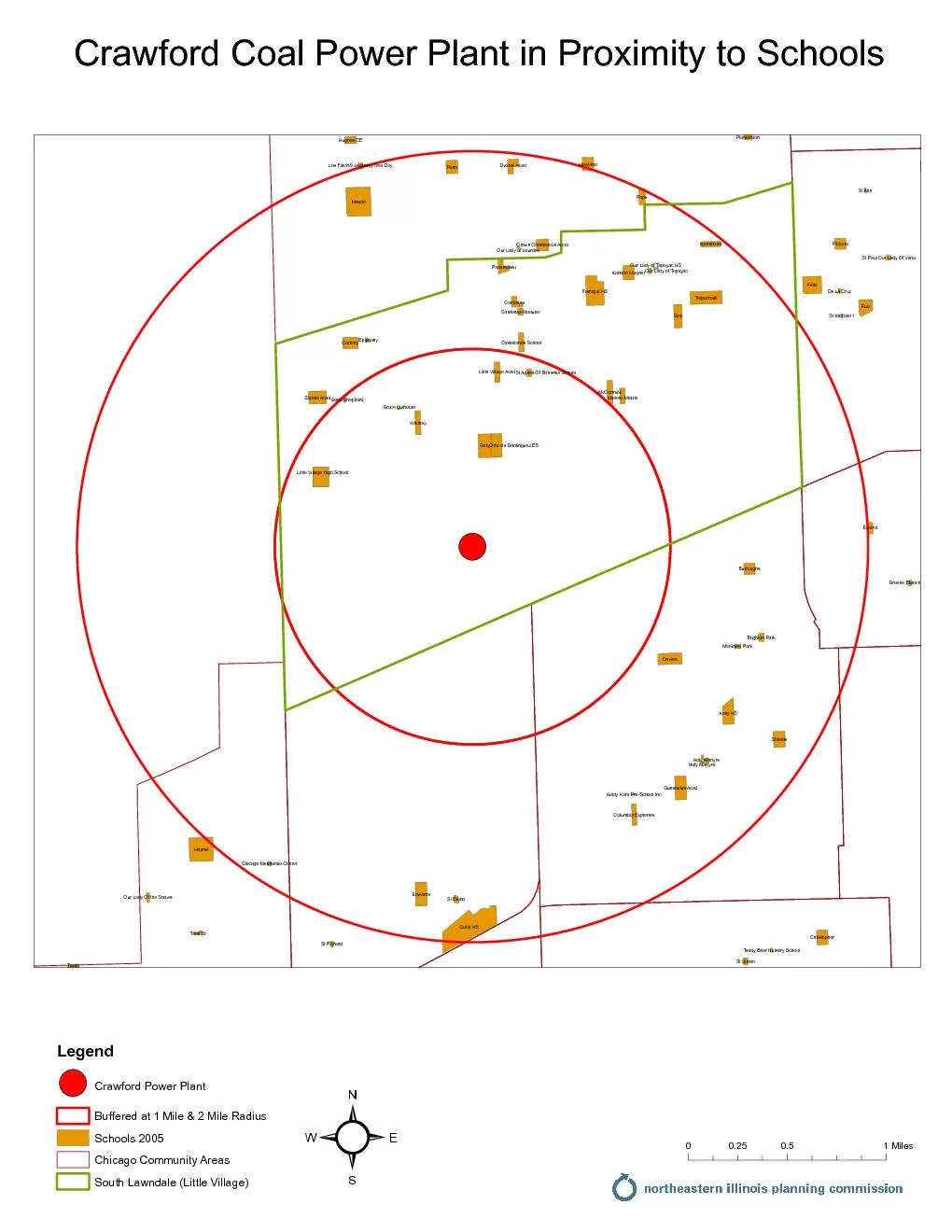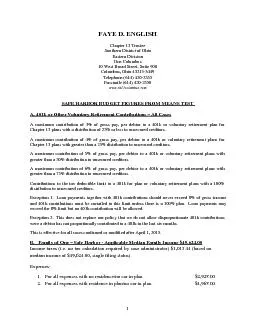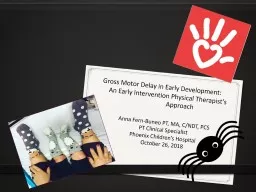PDF-ornt'sverywhereMP3Gary Crawford [00:00:00] I know it's a little early
Author : interviewpsych | Published Date : 2020-11-19
environment I did notice they seemed a little less worried at the end of the conversation What did you tell them Chip Bowling 000239 Genetically modified plants
Presentation Embed Code
Download Presentation
Download Presentation The PPT/PDF document "ornt'sverywhereMP3Gary Crawford [00:00:0..." is the property of its rightful owner. Permission is granted to download and print the materials on this website for personal, non-commercial use only, and to display it on your personal computer provided you do not modify the materials and that you retain all copyright notices contained in the materials. By downloading content from our website, you accept the terms of this agreement.
ornt'sverywhereMP3Gary Crawford [00:00:00] I know it's a little early: Transcript
Download Rules Of Document
"ornt'sverywhereMP3Gary Crawford [00:00:00] I know it's a little early"The content belongs to its owner. You may download and print it for personal use, without modification, and keep all copyright notices. By downloading, you agree to these terms.
Related Documents

![PDF-ornt'sverywhereMP3Gary Crawford [00:00:00] I know it's a little early](https://thumbs.docslides.com/817978/ornt-sverywheremp3gary-crawford-00-00-00-i-know-it-s-a-little-early-l.jpg)
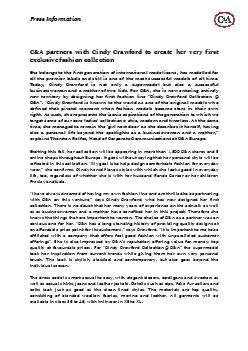

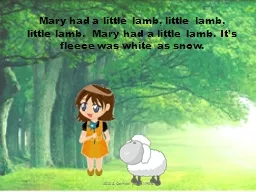
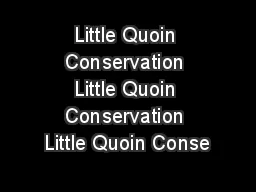




![ushroomuddlesandythsMP3Gary Crawford [00:00:00] Although you probably](https://thumbs.docslides.com/817977/ushroomuddlesandythsmp3gary-crawford-00-00-00-although-you-probably.jpg)
